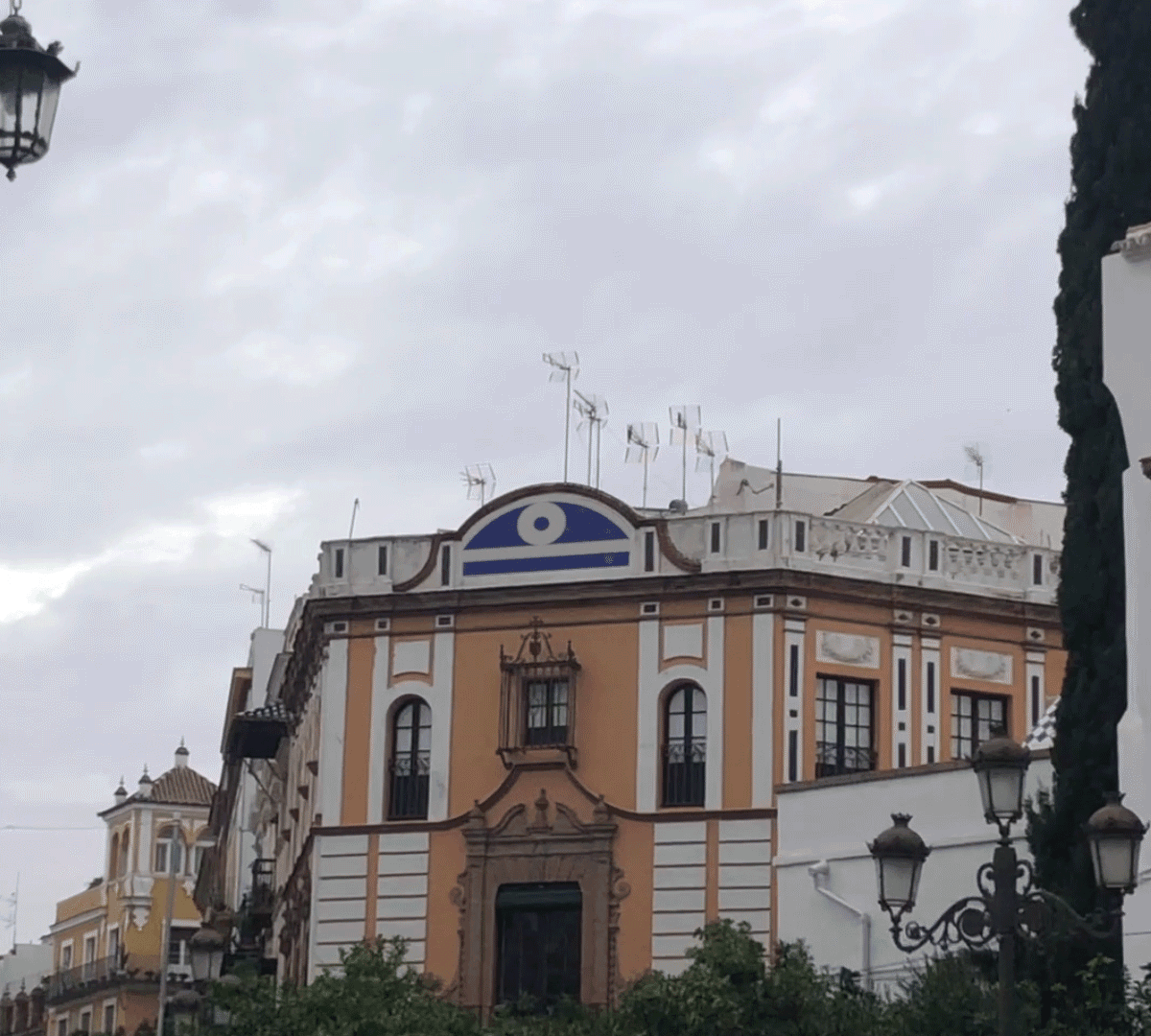Alright – so today we’ve got the honor of introducing you to Giovanna Crise. We think you’ll enjoy our conversation, we’ve shared it below.
Hi Giovanna, thanks for joining us today. Can you talk to us about a project that’s meant a lot to you?
One of the projects I care about the most is my Korea travel zine. It’s a graphic and photographic reinterpretation of my time in South Korea, blending photography, graphic design, motion and web design — a bit of everything I love.
It all started from a feeling I often get—especially when I travel: I’m afraid I’ll forget what I saw, or how I felt in a specific moment or place, the smells, the colors, that random face on the street.. So I’m constantly taking pictures and videos. After this trip, I came back with over 2,500 files, and decided to turn those fleeting impressions into something more tangible.
I ended up structuring the zine like a train ride. When you look out of a window, your eyes are constantly shifting: some things are sharp, others blurred, some just pass by. That became the narrative framework for the whole project.
This was a totally self-produced project that kept changing shape as I went along. I had never published my own photos before, never designed a proper editorial product, and never built an interactive site from scratch. I’d always wanted to do those things, but never really had the right excuse—or the pressure—to make them happen.
But somehow, it all came together. And it actually got a really nice response (I was even featured on Slanted!). Maybe because it feels honest, and a little chaotic—like travel usually is. Seeing it appreciated out in the world was one of those rare, quiet moments where I thought, “OK. This was worth it.”
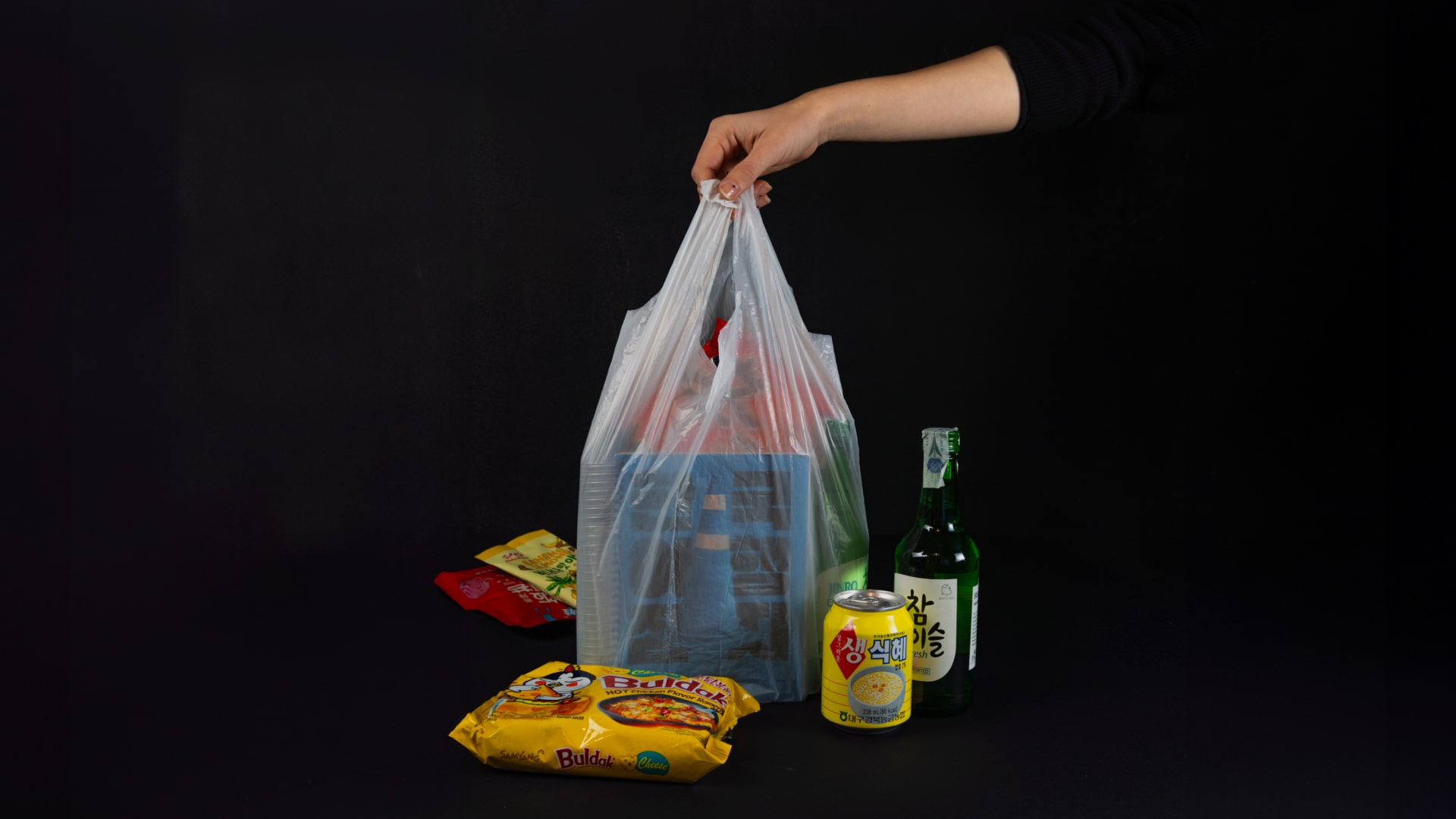
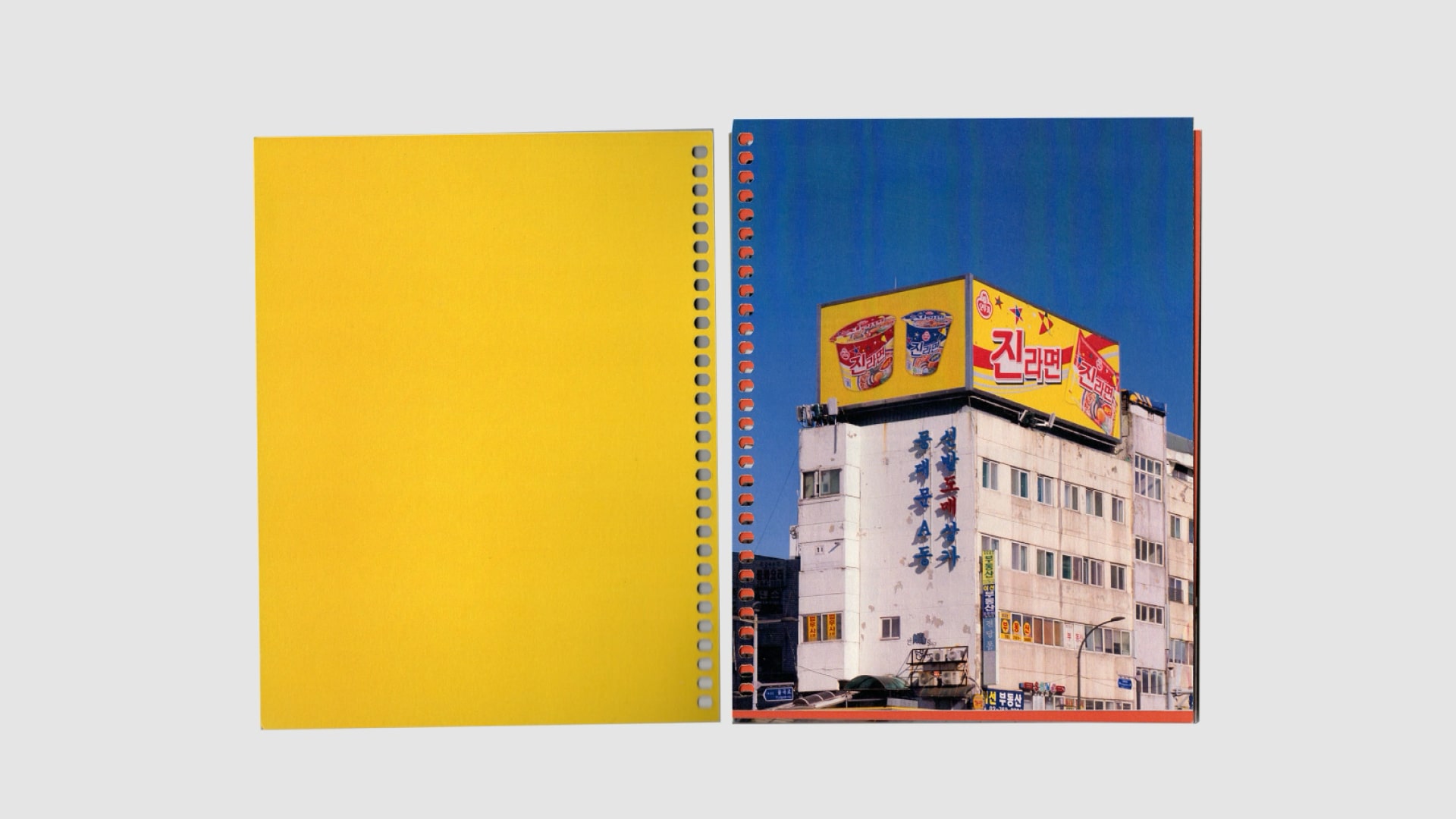
Giovanna, before we move on to more of these sorts of questions, can you take some time to bring our readers up to speed on you and what you do?
Back in elementary school, my teachers described me as a dreamy kid—always with my head in the clouds, sharing deep thoughts and big smiles. Somehow, that still feels like me, and I think (I hope) it shows up in my work too.
I’m Giovanna, and I love creating projects rooted in travel and culture. After graduating in Design and Visual Communication from Politecnico di Torino, I spent a couple of years at Graphic Days Torino, curating and managing In the City, a month-long festival spread across the city. That experience brought me to my current role at illo, where I work as a brand strategist.
At illo, I shape how the studio is perceived from the outside — I keep our portfolio fresh, run our social channels, speak at design conferences, and coordinate cultural initiatives. That’s all part of my daily mix. But since my mind is always buzzing with ideas, I also carry on with personal and collaborative projects — it’s my way of keeping the creative flame alive.
I guess I’m one of those annoying people who call themselves a “multidisciplinary designer” ;)
I work across design, branding, motion, photography and web—basically, I like to mix different tools to tell stories that feel personal and thoughtful.
When I work with others, I help them communicate emotions in ways that feel simple, sincere, and visually compelling. I try to make digital experiences feel honest and engaging, with a touch of personality.
What defines my approach is the balance I’ve learned to strike — strategic and structured on one side, imaginative and intuitive on the other. I’m proud of that mix, and of those quiet moments when something I’ve made really resonates.
If there’s one thing I’d like potential collaborators or followers to know, it’s that I care about bringing a little bit of feeling — and maybe some fun — into the digital world.
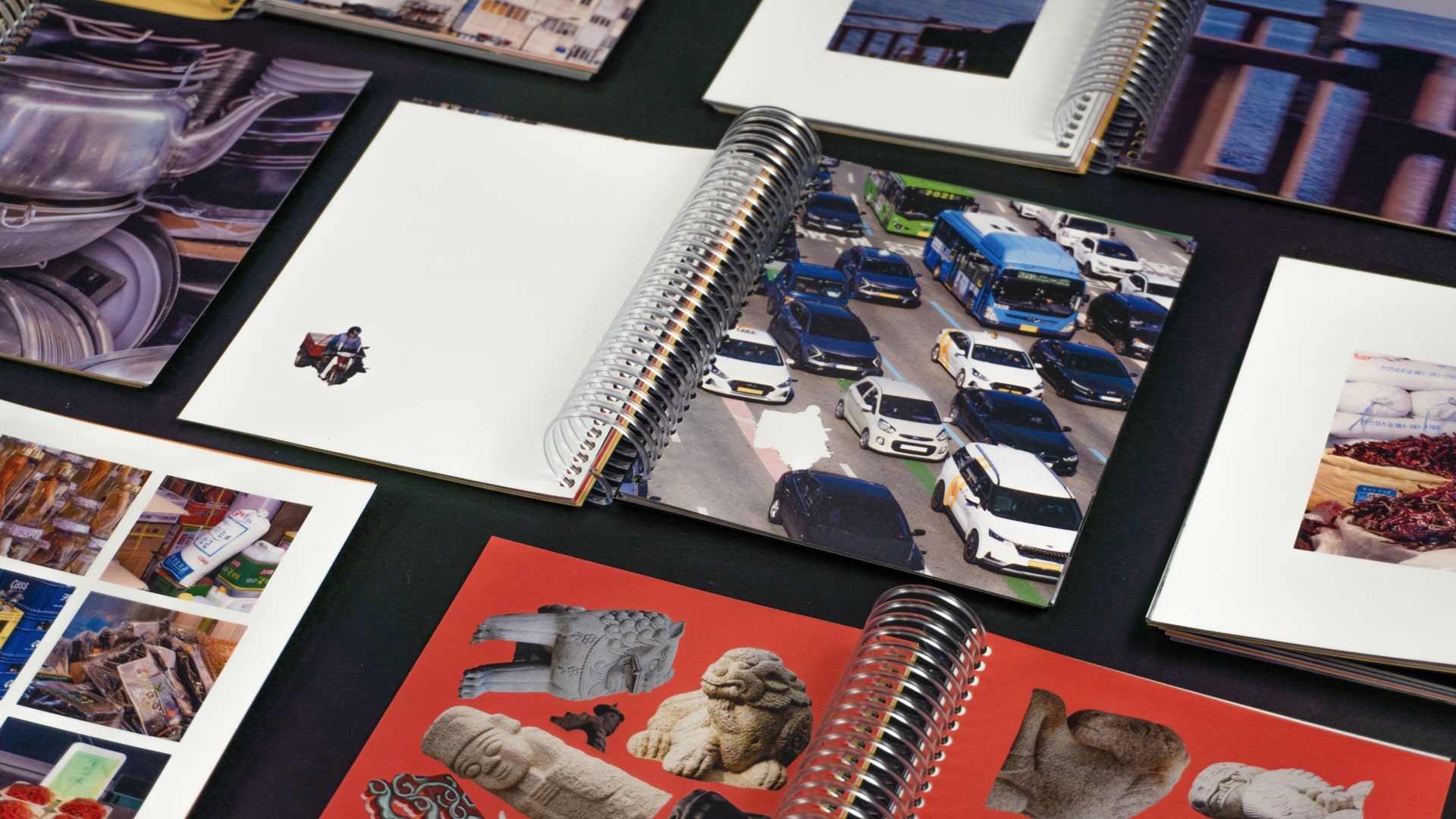

How can we best help foster a strong, supportive environment for artists and creatives?
To truly support artists and a thriving creative ecosystem, we need more initiatives and projects that trust the artist and their creative vision. Too often, creatives are asked to work within rigid constraints or respond to ideas that come entirely from the client’s imagination—clients who, despite asking for help, still want to control the outcome.
But it’s trust and creative freedom that lead to meaningful work. When artists are given space to think, explore, and contribute with intention, the result is not only more original—it often resonates more deeply and succeeds in a more authentic way.
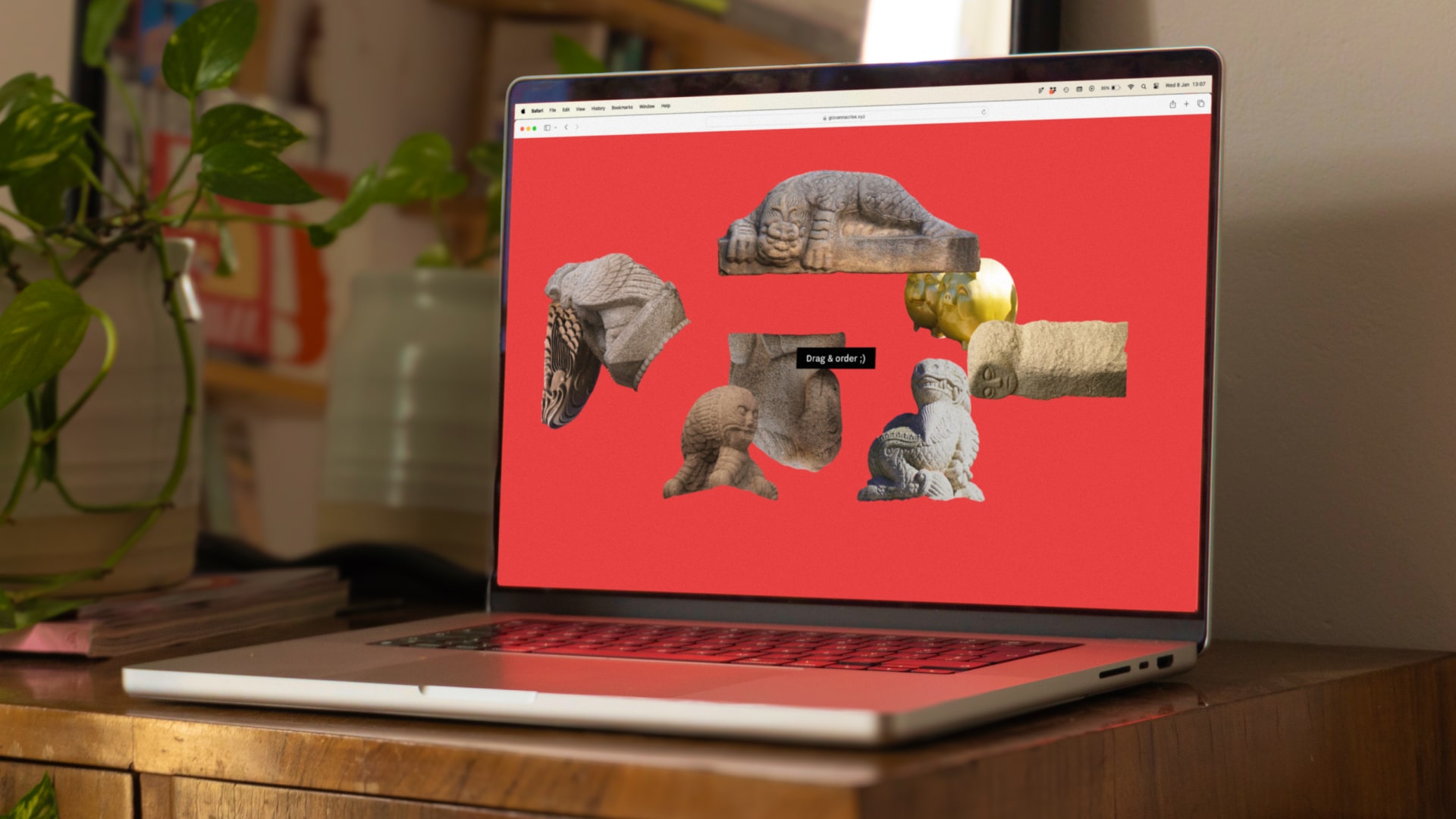

Is there something you think non-creatives will struggle to understand about your journey as a creative?
The thing is, many people don’t really understand what it means to create. It’s not just “creating something pretty.” Creation isn’t just about the final result — it’s about the whole process and concept behind it.
Unfortunately, those who don’t get this are likely to use AI without much thought, simply copying the outcomes of other artists, stripping them of their soul in the process. That’s not to say AI is inherently bad — thankfully, there are already some (still a few, as far as I know) interesting examples of creatives using it in smart, meaningful, and original ways.
It makes sense, though. If someone’s never been part of a creative process — with all its trial and error, frustrations, and triumphs — they’ll naturally focus only on the end result. That’s why maybe it’s on us to push further, to create things AI can’t replicate, or to truly originate what we do.
We have a soul, and we put it into what we create. AI doesn’t. At least, not yet.
Contact Info:
- Website: https://giovannacrise.xyz
- Instagram: https://www.instagram.com/ciofanadrago/
- Linkedin: https://www.linkedin.com/in/giovanna-crise/
- Other: https://www.behance.net/giovannacrise
